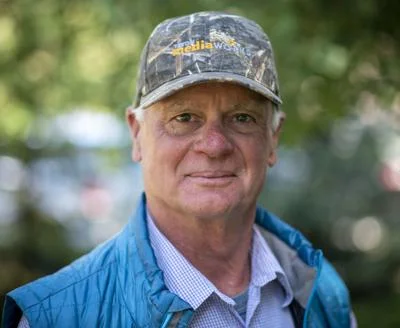
Supporting Wildlife Conservation: Tourists Taking Action for Our Natural Resources
As millions flock to iconic national parks like Yellowstone and Grand Teton each year, the importance of wildlife conservation has never been clearer. With increasing development pressures threatening wildlife habitats, a recent study reveals that park visitors are willing to support conservation efforts through financial contributions. This trend highlights a growing awareness about the need to protect the ecosystems that contribute significantly to our natural heritage.

Conducted by researchers from the University of Wyoming, the study surveyed nearly 1,000 visitors about their wildlife viewing behaviors and interests. Nearly 77% of respondents indicated that wildlife viewing was a crucial reason for their trip to these national parks, highlighting the economic value derived from nature tourism, estimated at $753 million annually. Specifically, the study found that $581 million of this value is attributed to the allure of observing iconic species such as grizzly bears and elk.
However, the potential decline in wildlife populations poses a significant threat to future visitation. Alarmingly, nearly half of the participants stated they would reduce their visits if animal sightings diminished, which could equate to a loss of approximately 1.1 million visitors and $3.9 million in revenue over three years. This connection between wildlife health and park economics reinforces the necessity for proactive conservation measures.
Visitors expressed overwhelming support for various funding mechanisms, including a voluntary donation fund and a mandatory fee for park services, aimed at bolstering wildlife conservation beyond park boundaries. A simple $5 conservation fee could potentially raise as much as $3 million, illustrating that tourists are not only aware but also willing to take responsibility for the environments they cherish.
Moreover, the impact of private land development on migratory corridors vital for wildlife has sparked significant concern among conservationists. The fragmentation of habitats due to increased real estate development compromises the migration of species like elk and pronghorn, which rely on open spaces for seasonal food access. As highlighted by rancher Albert Sommers, preserving these lands is crucial: "These ranches of the West... hold together the landscape and the wildlife."
While the findings of this study are promising, it's imperative to approach conservation funding thoughtfully, ensuring accessibility for all park visitors. The challenge remains significant, but the desire from the tourist base for action is a hopeful sign. As we contemplate the future of our natural landscapes, the call for resource allocation towards the stewardship of wildlife habitats rings louder than ever.
In summary, the results of this study not only reveal a promising avenue for funding conservation efforts but also invite a broader discussion about the responsibility shared between visitors and local stakeholders in preserving our natural treasures. As park visitors, will you contribute to this collective effort to protect wildlife? We’d love to hear your thoughts in the comments below!